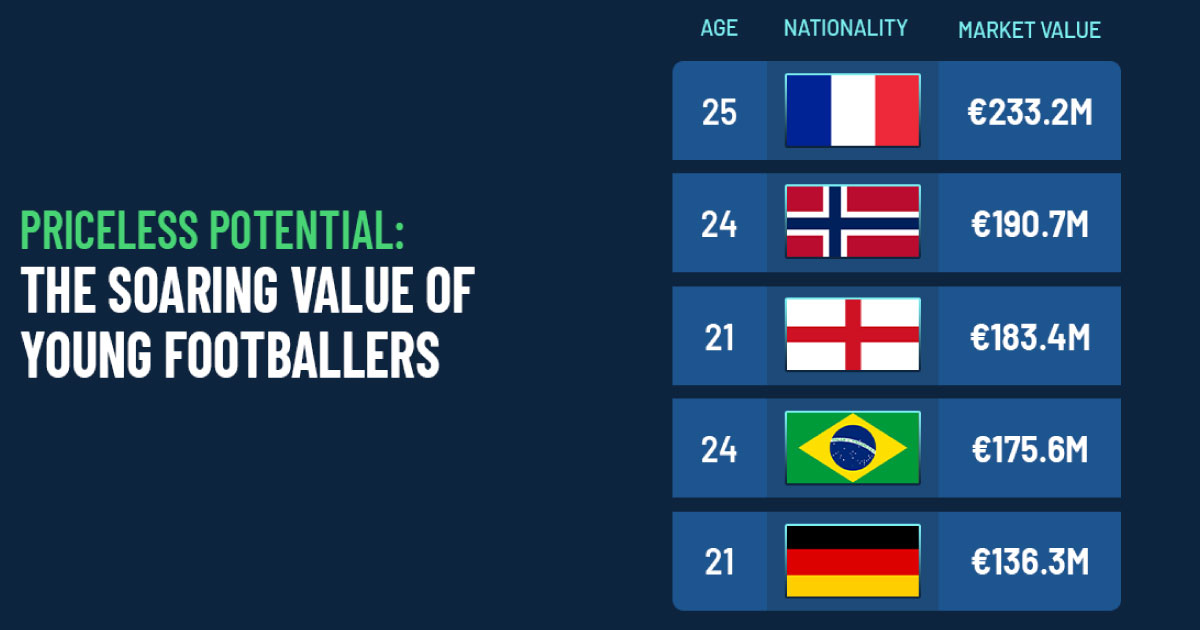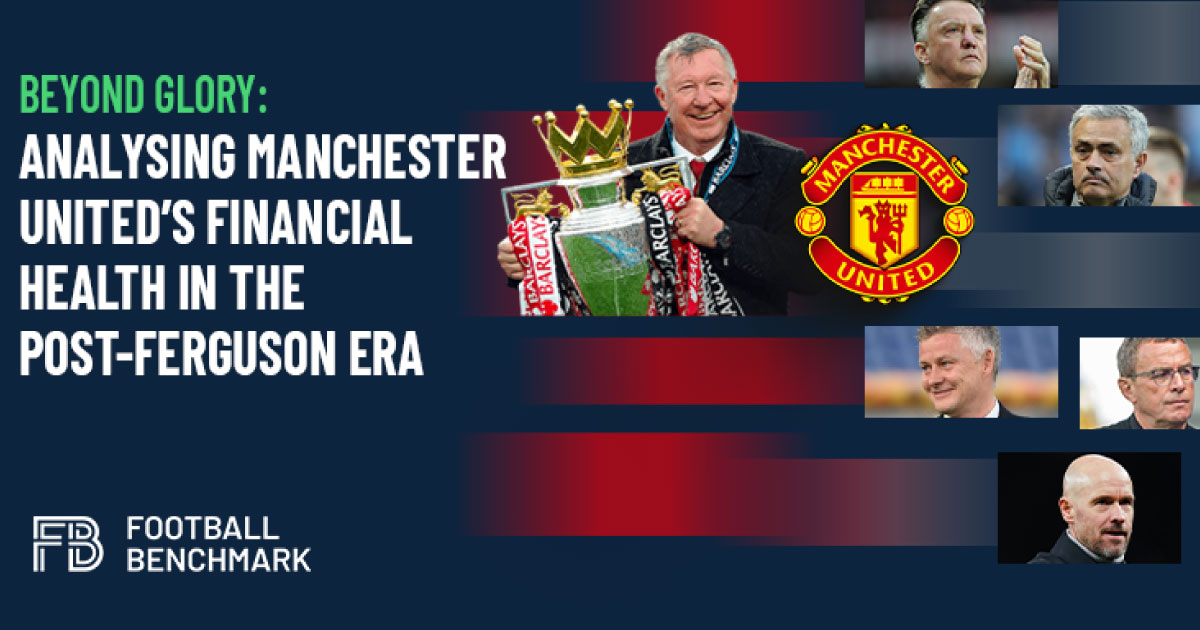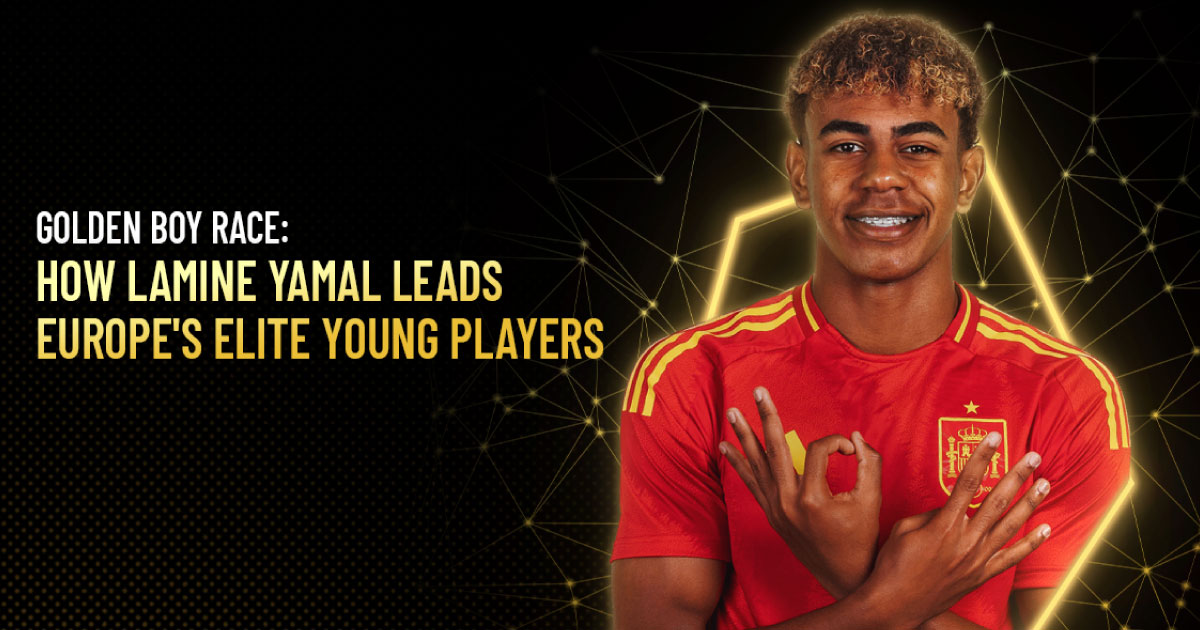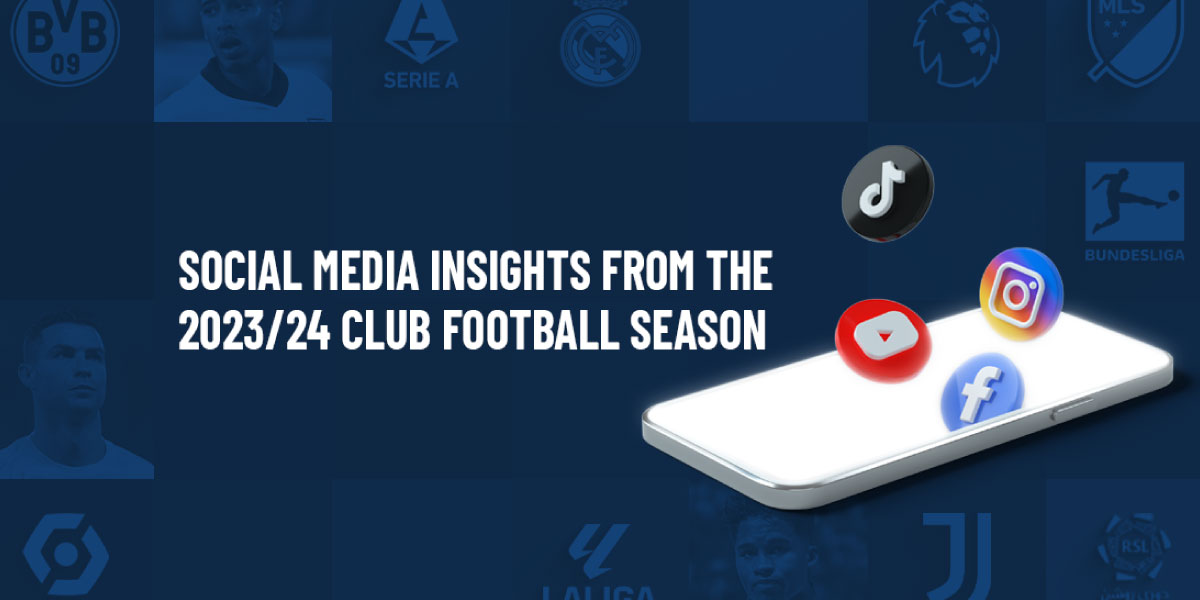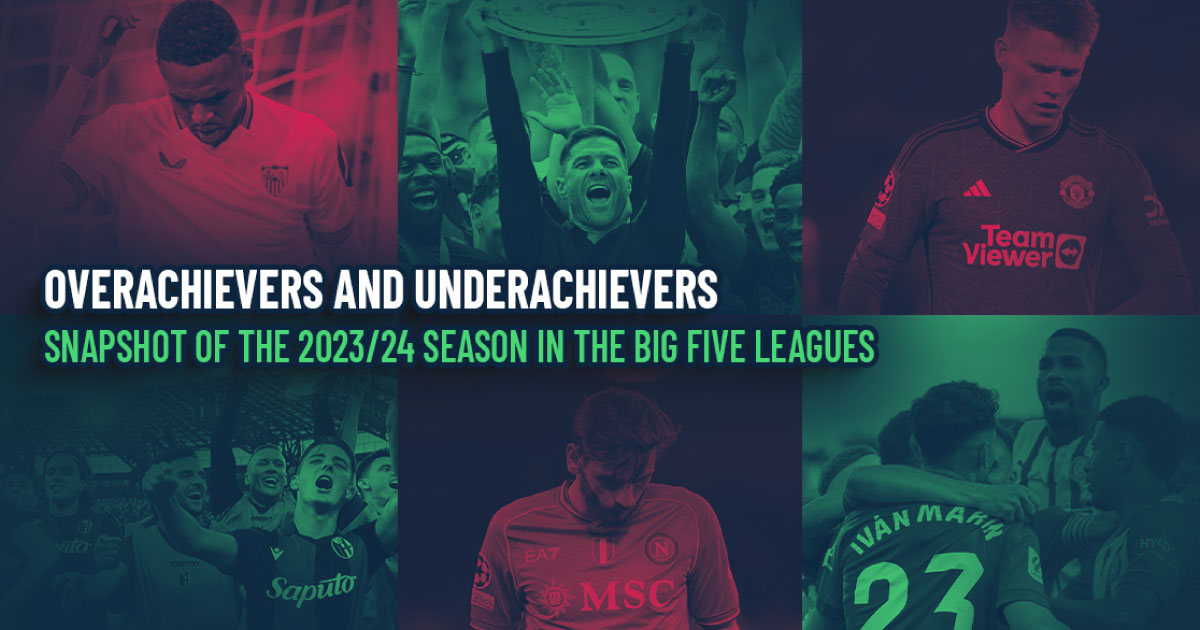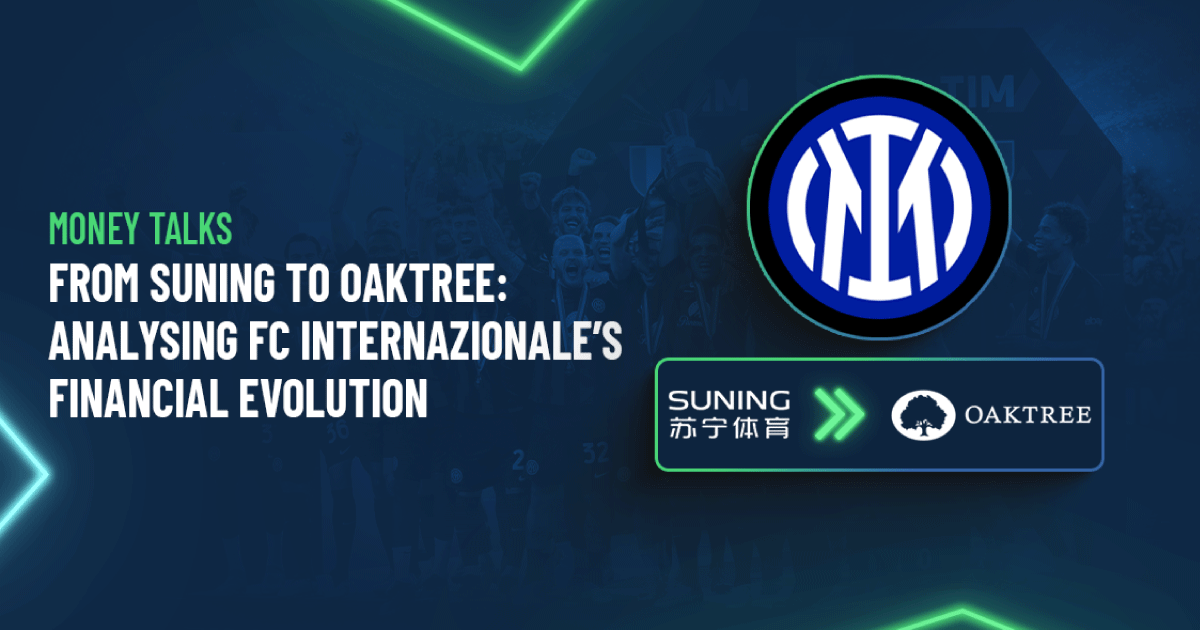The venues have finally been confirmed: FIFA has revealed the 12 U.S. stadiums that will host the expanded 32-team Club World Cup from June 15 to July 13, 2025. But the real question clubs are asking is: where is the money coming from?
Interview with Andrea Sartori by Marco Iaria | La Gazzetta dello Sport
Following an emergency meeting with broadcasters called by president Infantino, uncertainty still looms. What we do know is that, initially, FIFA’s president hoped to generate $4 billion, believing that the expanded Club World Cup had similar commercial potential to the national team World Cup. More recently, it came to light that Apple had offered $1 billion for global TV rights, a proposal FIFA rejected, as they were more interested in exploring a plan B: broadcasting the event on its own streaming platform with the backing of a $2 billion investment.
What will the final outcome be? It is hard to predict. However, we can estimate the potential value of the Club World Cup by comparing it to existing international competitions and focusing on the average per-game value of TV rights.
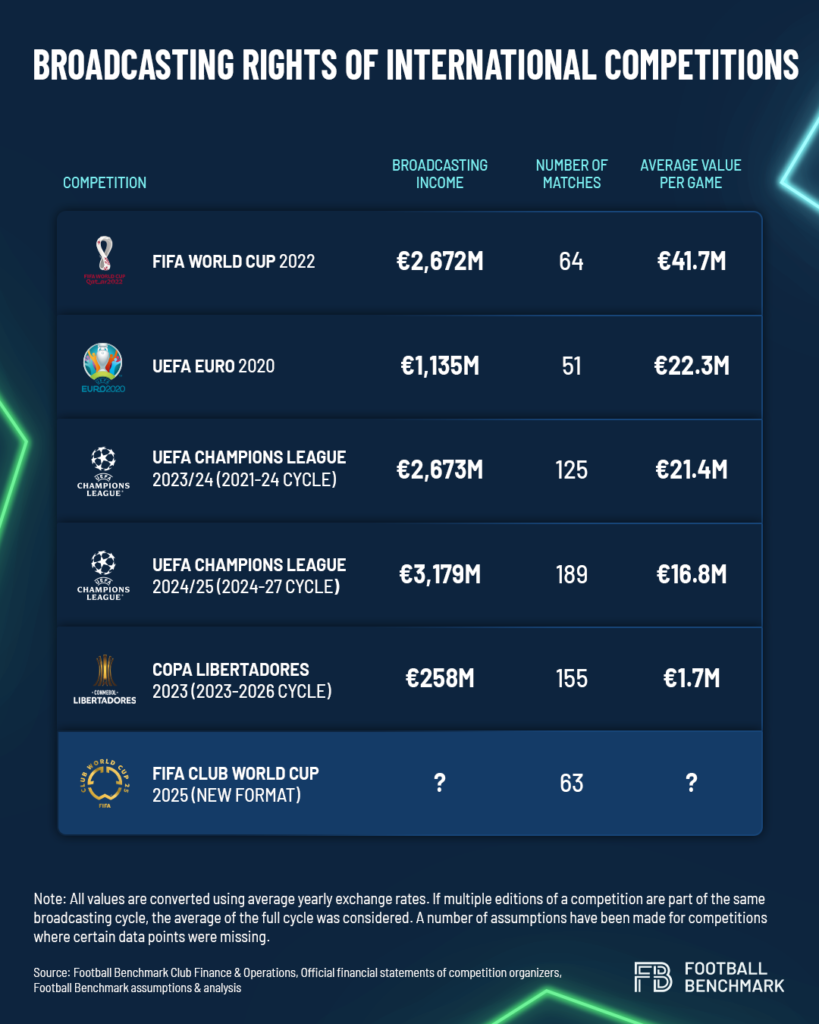
According to data from Football Benchmark, the FIFA World Cup leads the pack in terms of revenue generation. In its most recent edition (2022), it commanded an impressive €41.7 million per match from audiovisual rights alone. Following closely are the UEFA European Championships, with the 2020 edition (held in 2021) averaging €22.3 million per game in TV rights value.
Next in line is the UEFA Champions League. While UEFA has experienced revenue growth with the new format introduced this year, this is largely due to the increase in the number of matches, from 125 to 189. In reality, the average value per game has declined from €21.4 million to €16.8 million. Nevertheless, this remains significantly higher than its South American counterpart, the Copa Libertadores, which averages just €1.7 million per match.
“Averaging between $20 and $25 million per match, multiplied by 63 games, would yield a total of $1.2 to $1.5 billion. While I’m not a TV rights expert, considering comparable events, the nature of the competition, the caliber of the participating clubs, and the scale of potential markets, the Club World Cup could eventually reach that valuation,” explains Andrea Sartori, founder and CEO of Football Benchmark.
By its very nature, the tournament brings together the crème de la crème of European football, despite the absence of renowned clubs such as FC Barcelona, Manchester United, AC Milan, and Liverpool. It also features top-tier South American teams and highly passionate footballing nations like Egypt, Morocco, Saudi Arabia, and the Far East. In short, the lineup boasts immensely attractive participants.
The challenge lies in the fact that this new tournament, despite being held every four years, is being squeezed into an already congested football calendar. For now, it lacks the prestige and recognition enjoyed by more established events in the eyes of both industry stakeholders and the public. Iconic competitions like the Champions League and the FIFA World Cup for national teams command monumental brand power and have deeply entrenched global recognition.
How much are broadcasters willing to invest in a tournament that, while undoubtedly exciting, has never been held in this format before and is scheduled at the tail end of an exhausting season? Yet, the real concern lies elsewhere.
“The marginal value of matches is declining because there are too many. If you have caviar for dinner five nights in a row, by the sixth night, you’ll likely crave something different,” Sartori notes, using a fitting analogy. Simply increasing the number of football events does not necessarily enhance their value; in fact, it risks diminishing the overall quality of the product. This is a fundamental market principle, especially in the entertainment industry, where a diverse array of competitors vie for attention.
The competition for attention is fierce, spanning traditional sports to emerging disciplines, social media to gaming, and cinema to TV series – especially when it comes to engaging younger generations. Although the range of options has expanded, people’s free time remains constant, despite the misguided belief held by some rights holders that they can stretch the hours dedicated to leisure. Within the football ecosystem itself, we are witnessing an unrelenting struggle, driven by the rapid evolution of this industry.
“Football,” Sartori notes, “has become a global phenomenon largely due to the digitalization of media and the accessibility of the product. You can watch a football match from virtually anywhere in the world at a relatively low cost, not to mention accessibility through illegal streaming.” This surge in accessibility has been accompanied by an overwhelming increase in supply, leading to a saturation of the market. Analyzing trends in TV rights, it becomes evident that while the values for international competitions have risen, domestic leagues have experienced a flattening curve.
TV rights function like a system of communicating vessels, where broadcasters allocate resources based on what resonates with audiences. “A product like the Champions League, even in its new format, is significantly more appealing,” Sartori explains. “International competitions are currently the main draw for public interest, and broadcasters consider this when planning their budgets. The English Premier League thrives not just because of the on-pitch action, but also due to its impressive stadiums and vibrant crowds. However, for other leagues, competing in this landscape is challenging. I see a certain short-sightedness in maintaining the 20-team format when football is increasingly leaning toward globalization. While I understand that leagues want to protect their local communities, fans are gravitating in a different direction. If they don’t recognize this shift, those fans may eventually turn to alternative forms of entertainment.”
The top European clubs have acted decisively to reduce their reliance on domestic TV rights and, more broadly, on media revenues. The primary source of income has shifted to the commercial sector, which accounted for 45% of Real Madrid’s revenue, 48% of Manchester City’s, 49% of Barcelona’s, and an impressive 60% of PSG’s during the 2022/23 season. “This prompts these clubs to take a keen interest in international competitions capable of attracting a global fanbase,” Sartori observes.
While it is true that football has embraced globalization and significant opportunities lie therein, there remains a lack of unified vision or harmonization in offerings. After all, the regulators of the most lucrative tournaments – FIFA and UEFA – also oversee commercial activities, and they have entered into an economic contest, adding depth to the intricate web of interests involved. “Each rights holder is primarily focused on their own competitions, viewing their product as a profit center independent of the broader ecosystem. This creates a situation where revenues are cannibalized, with one property undermining another,” Sartori concludes. The Club World Cup, with its potential to become a highly attractive product, risks exemplifying this issue perfectly.
The FIFA Club World Cup, a packed calendar, and a tv offer that cannibalizes football
The venues have finally been confirmed: FIFA has revealed the 12 U.S. stadiums that will host the expanded 32-team Club World Cup from June 15 to July 13, 2025. But the real question clubs are asking is: where is the money coming from? Interview with Andrea Sartori by Marco Iaria | La Gazzetta dello Sport Following an emergency meeting with broadcasters called by president Infantino, uncertainty still looms. What we do know is that, initially, FIFA's president hoped to generate $4 billion,
Priceless potential: The soaring value of young footballers
With the 2024/25 summer transfer window recently closed, we have updated the valuations of over 10,000 players on our platform. This analysis highlights key insights from the new market values, offering a deeper understanding of how player values and squad compositions are shifting. It also provides a picture of which teams are poised for success this season and where the most promising young talent can be found, particularly in leagues outside the traditional powerhouses. Key findings Mbappé, Haaland, and Bellingham are the
Beyond glory: Analysing Manchester United’s financial health in the post-Ferguson era
Manchester United FC are one of the most well-known names in football history with a global fan base that can rival any other. However, instead of a string of successes, most headlines about the club in recent years have been about their struggles both on and off the pitch. The recent partial takeover by Sir Jim Ratcliffe promises a turnaround, but what challenges are they facing exactly? With the help of Football Benchmark data & analysis, let’s explore the financial
Golden Boy Race: How Lamine Yamal leads Europe’s elite young players
Today, players are breaking into first-team football at increasingly younger ages, with Lamine Yamal serving as a standout example. Currently topping the Golden Boy Football Benchmark Index ranking as of September, the FC Barcelona sensation has already amassed over 4,100 minutes in senior matches by the age of just 17 years and 2 months. To put this into perspective, at the same age, legends such as Lionel Messi, Cristiano Ronaldo, Luka Modric, Sergio Ramos, and Xavi had yet to play
New ECA report released – Transition from Academy to First Team Football
A new report published today by European Club Association lays bare the challenges facing young players as they make the step up from academy to playing at senior level, possibly the most challenging step during a player’s entire career. The report, Transition from Academy to First Team football, has been produced by ECA in association with Football Benchmark and is the latest in a series of studies by the association on youth football. Ultimately, the key objectives of the study were to
SHL: Social media insights from the 2023/24 club football season
The 2023/24 club football season introduced a wealth of impressive performances. While our previous article examined these from a business perspective, this analysis delves into the social media performance of leagues, clubs, and players during the same period, uncovering some captivating trends. Follower growth slows in Europe, but speeds up in Saudi Arabia and the USA International football leagues have strategically focused on three key platforms to drive their social media growth throughout the season. Alongside Instagram, which remains essential in the
Overachievers and Underachievers: Snapshot of the 2023/24 season in the Big Five leagues
The 2023/24 European football season was a year of diverse achievements and unexpected outcomes in the Big Five leagues. From dominant performances to historic upsets, clubs navigated varied paths towards success or challenges. This article examines the 2023/24 season’s highlights across financial and competitive metrics. It contrasts expectations with actual outcomes to identify the overachievers and underachievers of the season, through a comparison between financial figures and on-field performance. Top 20 clubs by total operating revenue and their 2023/24 final league positions The
From Suning to Oaktree: analysing FC Internazionale’s financial evolution
Right after the celebrations of their 20th title and the much-coveted second star, FC Internazionale Milano saw a change in ownership with the American fund Oaktree Capital Management taking control of the club after the Chinese conglomerate Suning Group failed to repay a EUR 395m three-year loan to the US fund. This article explores the economic and financial evolution of the club under Suning's ownership, which began in June 2016 when the Zhang family acquired a majority stake (68.6%) in



